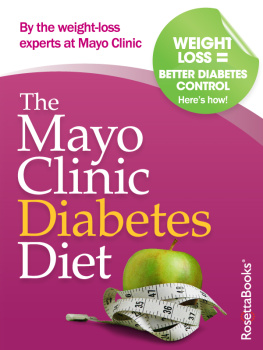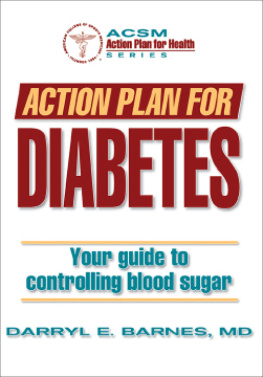THE WEIGHT LOSS PLAN FOR BEATING DIABETES
THE WEIGHT LOSS PLAN FOR BEATING DIABETES
The 5-Step Program That Removes Metabolic Roadblocks, Sheds Pounds Safely, and Reverses Prediabetes and Diabetes
FREDERIC J. VAGNINI, M.D., FACS AND LAWRENCE D. CHILNICK

This book is dedicated to Susan Hill, R.N., a loyal friend of over thirty years. Susan has been the director of my cardiac, vascular, and metabolic services at my centers for over thirty years. She has been an integral part in managing the thousands of patients that have been treated for heart, vascular, and metabolic problems. Without her, much of what I have accomplished would not have been possible. I deeply appreciate, beyond her imagination, the dedication, work professionalism, friendship, and commitment of Susan.
Frederic J. Vagnini, M.D., FACS
To the continued health of the Chilnicks: Susanna, Jeremy, Janet, Judy, and EJ for their care, support and love helping me regain my own health and being there always.
Lawrence D. Chilnick
CONTENTS
CHAPTER 1:
Discover Why This Program Is for You
STEP ONE:
Educate Youself
STEP TWO:
Use Medications That Will Help Break Through Your Weight Loss Roadblocks
STEP THREE:
Conquer Nutritional Roadblocks
STEP FOUR:
Exercise
STEP FIVE:
Discover a New Lifestyle
CHAPTER 2:
Learn How All Five Steps Work Together to Help You Lose Weight
CHAPTER 3:
Women, Diabetes, and Weight Loss
CHAPTER 4:
Stress, Diabetes, and Weight Loss
CHAPTER 5:
Smoking, Diabetes, and Weight Loss
CHAPTER 6:
Diabetes, Family, and Weight Loss
APPENDIX 1:
Side Effects of Common Medications for Diabetes
APPENDIX 2:
Quick Recipes
Foreword
In our many years of research and teaching at Mt. Sinai School of Medicine and in the City University of New York, and in our personal lives as well, we have often been asked how best to judge medical advice.
How do I know what to do? a newly diagnosed diabetic may ask. One book says one thing, another book says another. Then you listen to the six oclock news and you hear something completely different!
Its true. In this wide world of instant communication and free speech, anyone can claim to be an expert and anyones advice may be right on target or may be dead wrong.
We have found there are three simple three rules that work best in determining the value of health-related advice: First, consider the source. Second and third, consider the source.
The value of the advice is only as good as the person giving it.
With that standard in mind, it is with pure pleasure that we write the foreword to this book.
We have had the pleasure of knowing Dr. Frederic Vagnini for over two decades. We have spent untold hours discussing the latest research in heart disease, weight loss, and diabetes. In person, on the phone, or by e-mail, our communications are almost always part-personal and part-biomedical science. For Dr. V., as he is affectionately called by his myriad patients, scientific knowledge is not something a physician should seek when it is needed. For this respected physician, scientific knowledge it is a precious commodity to be accumulated and stored away for the patient whose life might well be affected or saved by it.
We were brought together by Dr. V.s personal quest to lose weight. He was warm and easygoing. We were soon to learn, however, that beneath that likable exterior lay a razor-sharp mind and an uncompromising commitment to his own health and weight loss.
In the twenty years that have followed, we have seen Dr. V. bring that same set of admirable qualities to the care of both his patients and his readers. In our opinion, no other author could bring a greater knowledge, understanding, or personal commitment to a book on diabetes and weight loss.
One final, personal note: Although our knowledge of the health-related issues and treatments is vast, before we make an important health-related decision for ourselves, we typically conclude: Wed better call Fred.
Rachel F. Heller, M.A., M.Ph., Ph.D. and Richard Heller, M.S., Ph.D.
Introduction: My Story
People who have read my previous books know that I suffered through obesity and poor health issues myself. But how did it all start? How did a young man who had always been in good physical condition turn into someone with obesity, severe health problems, prediabetes, and lipid abnormalities? The fact is that my struggle with weight is not that different from yours. I am a walking example of a person who has taken charge of his bad health habits and turned things around. Heres a little of my story.
Growing up in an Italian family, life was all about food, family, and family gatherings. Three things were important: food, food, and food all of the timeand much of it bad for you food.
I remember my associations with food well when I think about my childhood in Astoria, Queens. Breakfast was a carbohydrate delight, featuring Wheaties with sugar, bananas, milk, and orange juice. Each day I walked to public school 126, which was two blocks away from my familys home on Crescent Street. Because it was just a short walk, I came home for lunch, and my mother always had some type of sandwich and tomato soup with rice (note the carbs and sugar). And every day she gave me 10 cents to buy a large pretzel on my way back to school. The pretzels were soft, fresh, and chewy, a carbohydrate addicts delight, and I think they started my carbohydrate addiction.
Just growing up in Astoria was another problem because we walked past La Guli Italian pastries every Sunday on our way to church. A few blocks away was the famous Walkens bakery. Right at the base of the elevated train station on Broadway was a Parisi Italian bread store, and of course you had to get a couple of loaves of bread when you went by because the mere smell of it made you hungry.
Food Addictions Begin to Take Hold
When I was young, I also had my own special food addictions such as Twinkies. These provoked a sort of Pavlovian response just thinking about them as I did every night when my sisters, Grace and Ann, and I were growing up. Often, too, around nine at night, my father would give us a dollar to go to Jennys Grocery Store around the corner to get a quart of hand-packed ice cream. This became another addictive problem.
When I was in grammar school and high school, sometimes as a snack, Mom would prepare white bread with sugar on it. That does not seem to be such a great idea now.
Moms amazing cooking didnt help. One of her specialties, especially around the holidays, was pantaloons. These ravioli-like treats were prepared with chocolate chickpea dough, with a chickpea filling drenched with honey, quite a sugar overload as I think about it now. Mom was also famous for her chocolate cake, which we called cockroach cake because it had pignoli nuts in it, and their color for some reason prompted that nasty name. Despite its name, it tasted great, and it too was addicting.
Heres another example of Moms cooking style: My mother fried her famous meatballs in Crisco and served them to the family and neighbors every Sunday through the window in front of our summer house in Bayville, Long Island.
Next page

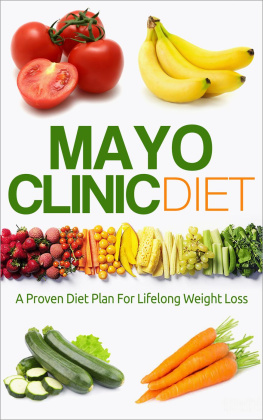
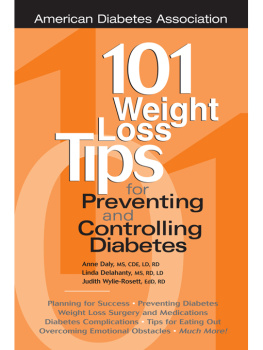
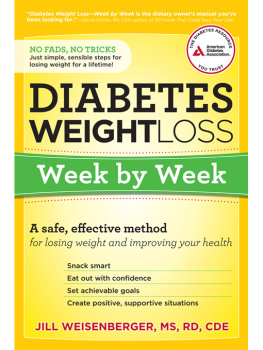
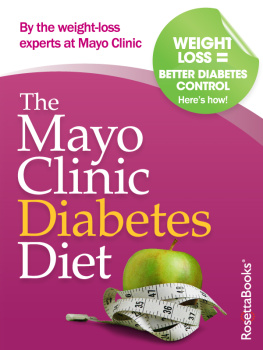
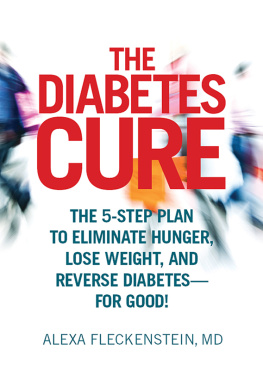
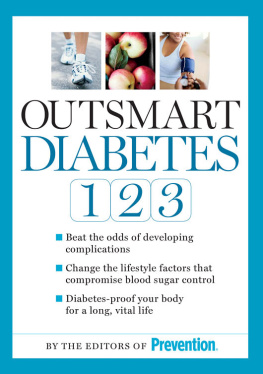
![Sheri Colberg-Ochs [SHERI R COLBERG] - The 7 step diabetes fitness plan : living well and being fit with diabetes, no matter your weight](/uploads/posts/book/102363/thumbs/sheri-colberg-ochs-sheri-r-colberg-the-7-step.jpg)

